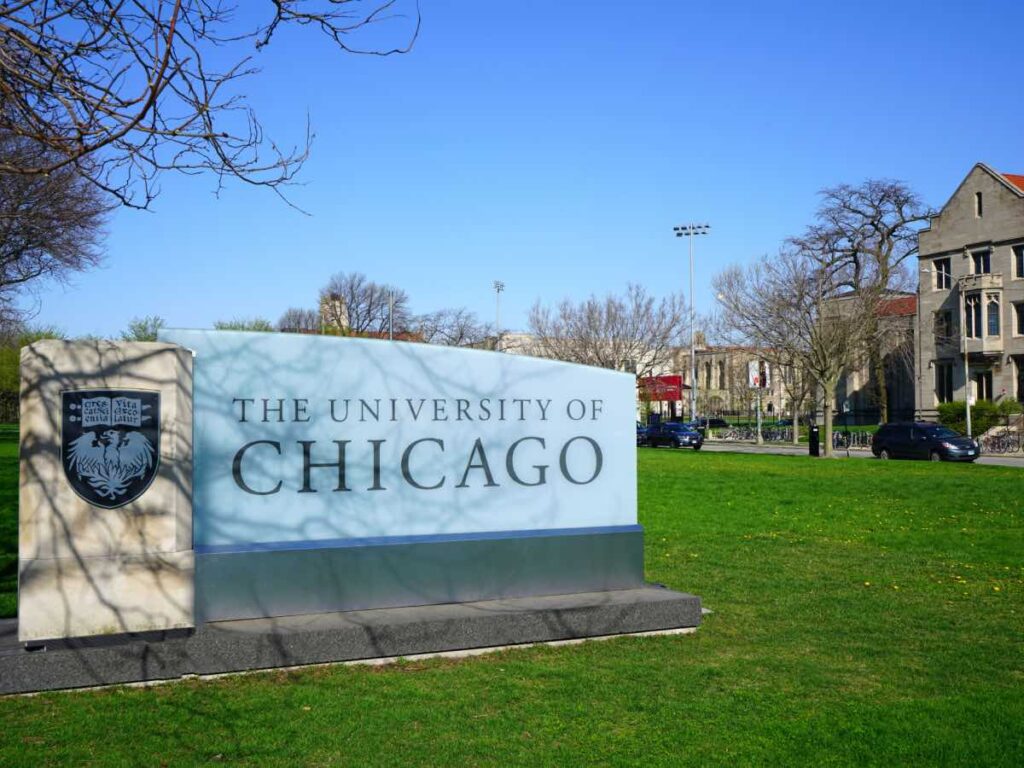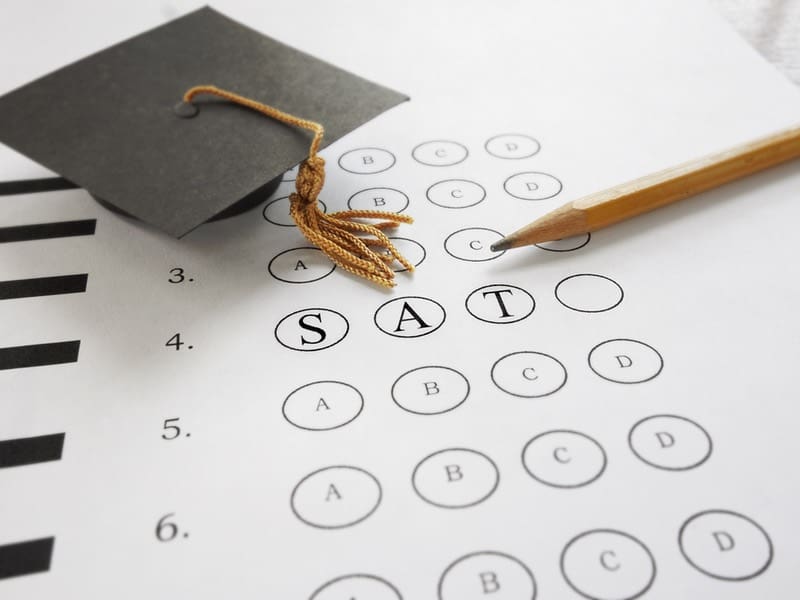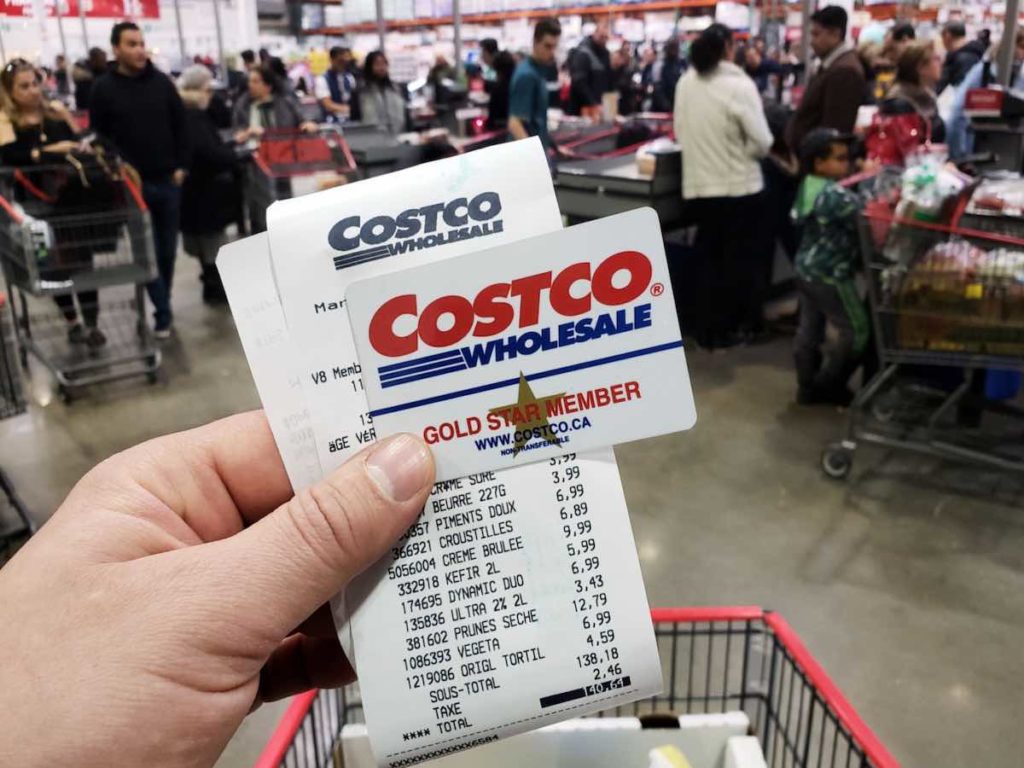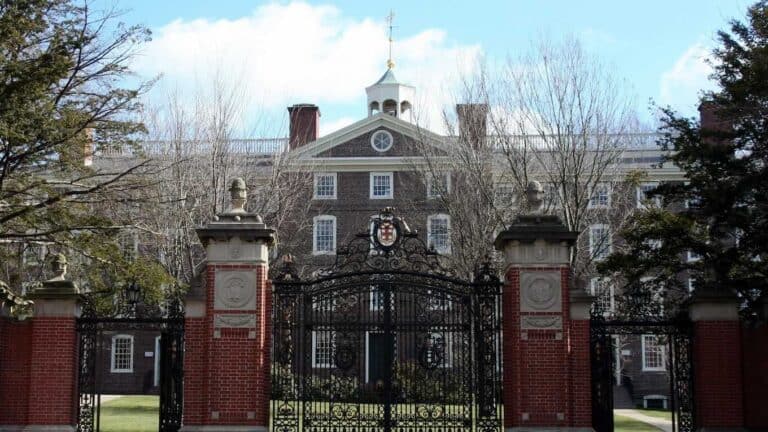14 Quirky College Admissions Facts You Won’t Believe
Applying to college is very stressful.
There are application forms to fill out, application deadlines to beat, recommendation letters to request, essays to write, and standardized test scores to report.
And then there’s the waiting for admissions decisions.
Whether you are about to complete the Common App or Coalition App or already applied to the colleges on your list, it’s crucial to relax and let life take its natural course.
In the meantime, check out these fun facts about college admissions and chuckle.
The Most Popular Major Among Incoming College Students Isn’t What You Think
It’s common knowledge that business is the most popular major.
Nearly 20% of all undergraduate students in the United States are majoring in it.
However, business is not the most popular among incoming freshmen students.
It’s UNDECIDED!
Estimates say that up to 50% of students enter college undecided.
So, if you are about to fill out that college application and have no intended major in mind, worry not because you’re not alone — it’s perfectly fine to apply that way.
Meredith College, in fact, says that being undecided is probably one of the best ways to enter college.

The Most Regretted Major Isn’t What You Think, Either
Most colleges and universities in the United States do not give undergraduate students enough time, usually until the end of the sophomore year, to declare a major for nothing.
It’s to make sure that they are committing to the right one.
According to CNBC, around 87% of graduates who majored in journalism regret their majors.
Sociology and liberal arts follow it, regretted by 72% of those who majored in them.
Communications, education, marketing management, and political science made it to the list, too.
For many, these majors sounded appealing in college.
Computer science or business administration would be the choice of most if given the chance to go back.
I’m Not Clowning Around — Clown College Was a Real School
Since its founding in 1968, Clown College has trained approximately 1,400 clowns.
The institution’s official name?
Ringling Bros. and Barnum & Bailey Clown College.
Clown College’s original location was in Venice, Florida — it moved to Baraboo, Wisconsin, and then to Sarasota, Florida, until it shut down in 1997 because it was no longer making profit.
Its administration meant serious business.
So much so that its acceptance rate is lower than that of Harvard University — 1% vs. 35!
Further, only one or two of Clown College’s graduates each academic year would receive job offers to participate in what’s known as The Greatest Show on Earth.
This Private Institution With a 5% Acceptance Rate Wants to Know Where Waldo Is
The University of Chicago is #12 in National Universities by US News.
Considered a Hidden Ivy, some of its most popular majors include social sciences, mathematics, statistics, chemistry, computer science, biomedical sciences, physical sciences, and psychology.
In 2012, it had arguably one of the most ridiculous essay prompts in the world of college admissions.
The prompt applicants may choose to answer?
“So, where is Waldo, really?”
But it wasn’t the first time UChicago had an unusual essay prompt.

In the past, applicants had to write about how they felt about Wednesday, the meaning of the super-sized mustard at Costco, or make up the history of an object.
Related Post: How Colleges Game US News Ranking System
More Than 110 Colleges and Universities Accepted This North Carolina High School Senior
The College Board suggests applying to five to eight colleges to ensure acceptance to a suitable school.
Estimates say that high schoolers apply to an average of six institutions.
Well, not this teen at the Academy at Smith in Greensboro, North Carolina.
In 2018, she applied to 115 colleges all over the country — and 113 admitted her!
Among the 26 historically black colleges and universities (HBCUs) that sent her acceptance letters, three offered her full-ride scholarships: Ed Waters College, Mississippi Valley State University, and Bennett College.
She received more than $4.5 million in merit-based scholarships.
Eventually, she became an in-state student at Bennett College, a private HBCU.
The SAT and ACT are Not Important to About Eight in Ten Postsecondary Institutions
Around 3.3 million high school students took the SAT and ACT in 2023.
One of the purposes of these standardized tests is to demonstrate a college applicant’s readiness for college.
However, more than 80% of institutions in the United States that grant bachelor’s degrees do not require applicants to include their test scores in their Common App or Coalition App.
SAT and ACT score submission is optional for some.
On the other hand, it’s obsolete for others, particularly test-blind schools.
Most colleges and universities that still require test scores are highly ranked ones.
They include the Massachusetts Institute of Technology, Georgia Institute of Technology, Georgetown University, the University of Florida, and Purdue University – West Lafayette.

You’re Sure to Get Admitted to Almost 600 Four-Year Colleges
Applying to certain colleges can keep you from the trauma a rejection brings.
I’m talking about open admissions or open enrollment colleges.
These colleges require only one thing from applicants: a high school diploma or any other comparable credential, such as the General Educational Development (GED) certificate.
Many open admissions schools are indeed community colleges and technical schools.
However, there are many four-year institutions, too.
Want some examples?
Lewis-Clark State College, Granite State College, Missouri Western State University, the University of Texas at El Paso, Utah Valley University, and the University of Maryland Global Campus are just some of them.
I Would Recommend Staying Away From the Worst Recommendation Letter Writer Ever
Most selective colleges will require you to submit up to three letters of recommendation.
In 2016, Seventeen published what could easily be the worst recommendation ever.
It’s from a Reddit user named Jack.
Here’s what the recommendation letter in question said:
“Jack [surname] is an adequate student.”
That’s it — no more, no less!
However, it turned out that Jack’s high school teacher was just pranking him — Jack said his teacher handed him an actual recommendation letter a few minutes later.
Talking About a Membership-Only Discount Store in Your Essay Might Help You Get Accepted to Selective College
In 2016, Brittany Stinson, a senior high school student, got accepted to five Ivy League schools.
They were Yale, Columbia, Dartmouth, Cornell, and UPenn.
Stanford University also accepted her, which isn’t an Ivy League but also very selective.
Her Common App essay topic?

About how Costco sparked her intellectual curiosity.
It’s how she answered the essay prompt she chose, which read:
“Some students have a background, identity, interest, or talent that is so meaningful they believe their application would be incomplete without it. If this sounds like you, then please share your story.”
Of course, a quirky Costco essay Common App topic or something similar to it alone won’t do — you should also write it skillfully, meaningfully, and thoughtfully.
Almost All College Admissions Officers Find Admission Appeals Unappealing
Did you know you can appeal a college or university’s decision not to accept you?
It’s something you can do by writing an appeal letter.
Also known as an admissions appeal letter or academic appeal letter, it’s a petition you send to the school’s admissions office and explains why you should have been accepted instead.
Before sending one, check that the institution accepts appeal letters.
Unfortunately, most of the time, appealing an admissions denial doesn’t deliver results.
Estimates say that the probability that college admissions officers will reverse a rejection is only 1% to 2%.
It’s better to apply to Columbia University, whose acceptance rate is 4%, than cry over spilled milk.
Eating This Helps Chase College Admissions Blues Away
No amount of wailing, swearing, and throwing things can make a rejection letter not real.
Instead, take a deep breath, calm down, and wait for the arrival of other notification decisions.

Rejected via early decision or early action?
Spend the remaining time before regular decision deadlines arrive, improving what you can improve in your college application to increase your chances of getting in.
Eat some ice cream to help lift your mood as you focus on moving forward!
Certain amino acids found in ice cream, including tryptophan, are scientifically known to help increase the production of the happy hormone called serotonin in the brain.
As always, eat ice cream in moderation — a sugar crash could leave you depressed, anxious, and irritable.
Nearly 25,000 Students Apply to This Haunted School Each Year
Ain’t afraid of no ghosts?

Consider sending an application to Ohio University, a public research university in Athens, Ohio.
Ranked #178 in National Universities by US News, OU has a 1,800-acre campus, and every building has paranormal activities.
Wilson Hall is said to be the most haunted building on campus.
So much so that the TV series Scariest Places on Earth featured it.
Allegedly, a female student performing satanic rituals in room 428 in the said building died violently — the school’s administration sealed the room ever since, the story goes.
And did I already mention that five cemeteries surround the campus?
You Can Count This College’s Population Using Your Fingers (And Some Toes)
Are you one of those college-bound teens who want to be a part of a large and diverse campus?
Then, you might want to stay away from Deep Springs College.
A private two-year college in Deep Springs, California, it has an acceptance rate of 8%.
It’s undergraduate enrollment?
Only 26 students!
A little more than 80% of Deep Spring College’s attendees are from outside California (12.5% are from outside the US), and 100% are attending full-time — all of them reside on-campus, too!
There’s one faculty member for every four students.
A Selfie Could be an Application Requirement at Times
The Common App and Coalition App may not ask you for a photograph of you.
However, some institutions require applicants to submit a selfie.
Different colleges have varying reasons for asking applicants to submit a photo of themselves.
For instance, The Harvard Crimson once said it’s for personalizing the admissions process.
It added that it helps college admissions officers to recall mental images and impressions about applicants, which go away when decisions are made based solely on written materials.
George Washington University has a simple reason that makes perfect sense.
According to a GWU thread, the largest higher education institution in Washington, DC just wants to ensure that the applicant doesn’t use a substitute interviewee in case asked for an alumni interview.
Disclaimer: The views and opinions expressed in this article are those of the authors and do not necessarily represent those of the College Reality Check.
![College Dropout Facts [11 Jaw-Dropping Facts]](https://collegerealitycheck.com/wp-content/uploads/dropping-out-of-college-2143265297-768x576.jpg)




